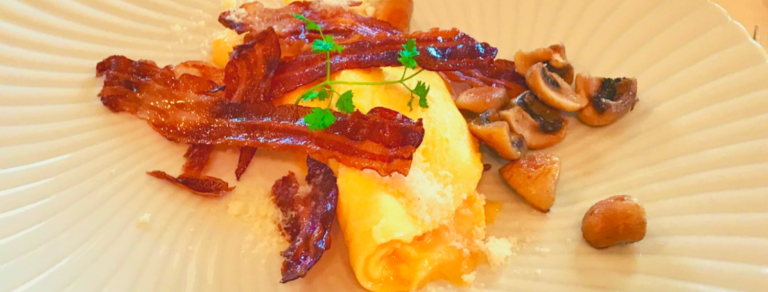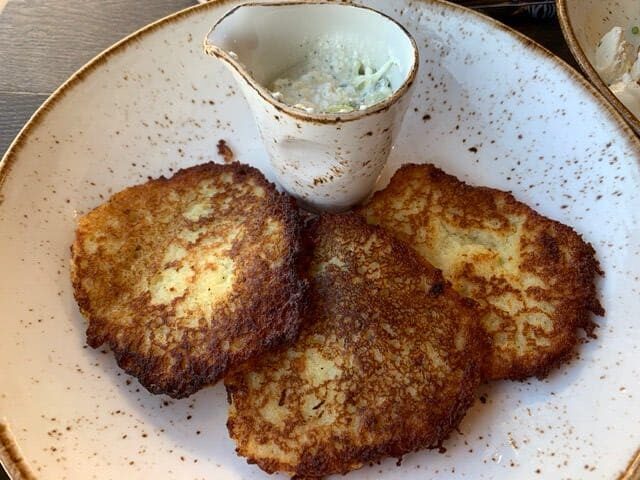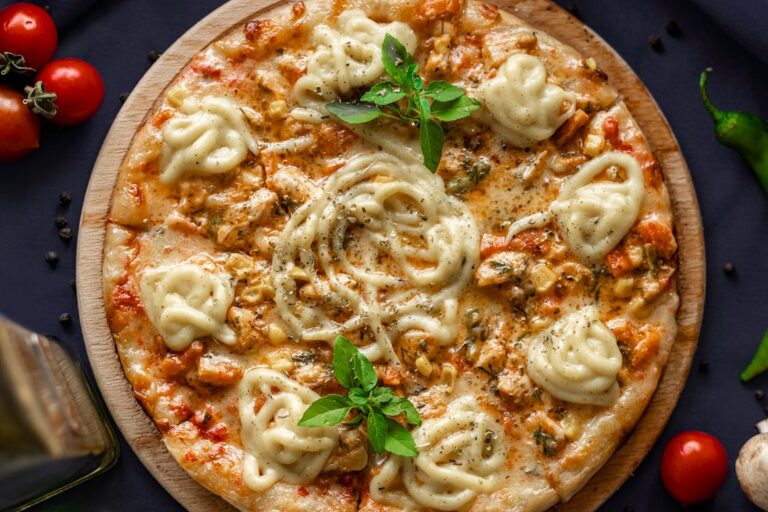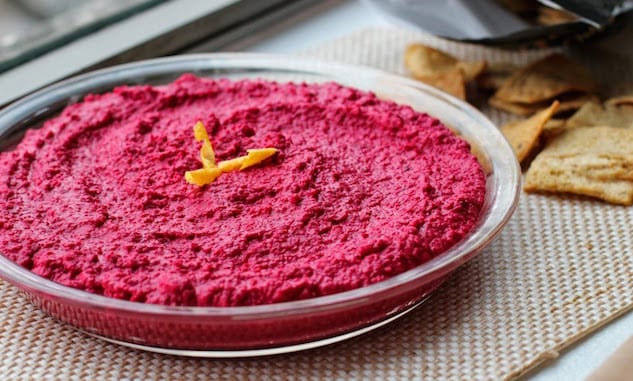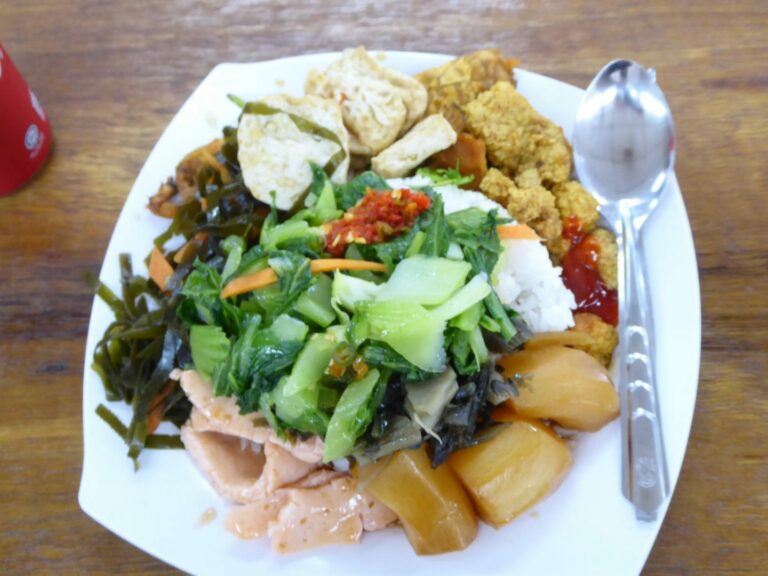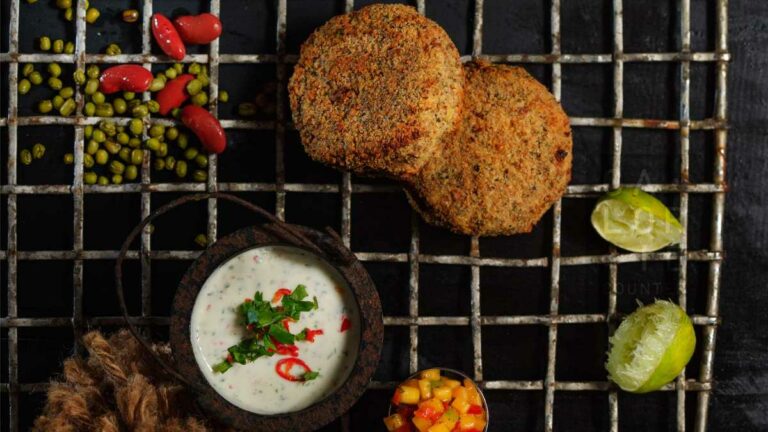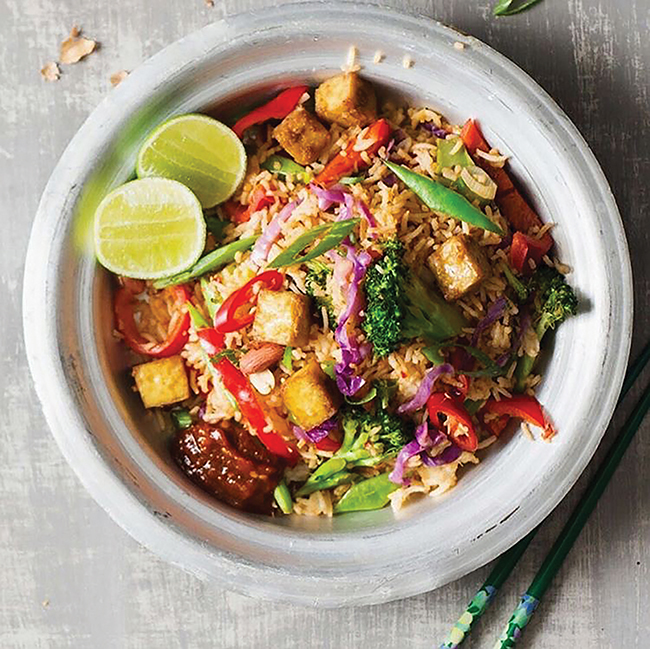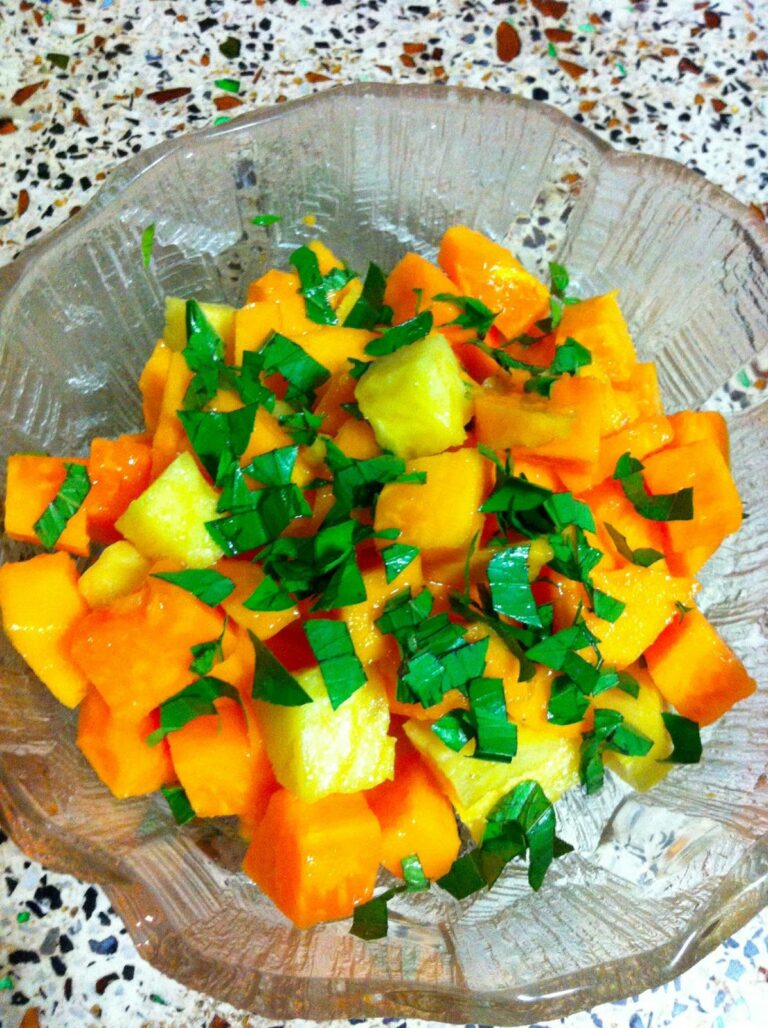Introduction: Vegetarianism in Liechtenstein
Vegetarianism is a growing trend worldwide, and Liechtenstein is no exception. Many individuals are opting for plant-based diets due to health reasons or ethical concerns. In Liechtenstein, vegetarianism is more popular among younger generations, and it is becoming increasingly common to find vegetarian dishes in restaurants.
Cheese as a main ingredient in Liechtenstein
Cheese is a staple in the Liechtenstein cuisine, and it is widely used in vegetarian dishes. Liechtenstein has a rich history of cheese production, and local cheeses such as Bergkäse and Alpkäse are often used in traditional dishes. Cheese is also used as a topping in dishes like Älplermagronen, a Swiss dish that is popular in Liechtenstein.
Local herbs and vegetables
Liechtenstein has a variety of herbs and vegetables that are grown locally, such as chives, parsley, and spinach. These ingredients are often used in vegetarian dishes and give them a unique flavor. The use of fresh herbs and vegetables is particularly important in the Liechtenstein cuisine, as it emphasizes the use of local and seasonal ingredients.
Traditional vegetarian dishes in Liechtenstein
Despite Liechtenstein’s small size, it has a rich culinary history, and vegetarian dishes are no exception. One of the most popular vegetarian dishes in Liechtenstein is Käsknöpfle, a dish made with cheese dumplings that are similar to Italian gnocchi. Another popular dish is Riebel, a sweet porridge made with cornmeal and usually served with fruit.
Eating out as a vegetarian in Liechtenstein
Vegetarian options are becoming more common in restaurants across Liechtenstein. Many restaurants offer vegetarian versions of traditional dishes or have a separate vegetarian menu. It is also possible to find international cuisine, such as Indian or Mexican, that offers vegetarian options. It is always recommended to ask the staff for recommendations and to confirm that the dish is in fact vegetarian.
Conclusion: Vegetarianism in Liechtenstein’s culinary culture
Vegetarianism is a growing trend in Liechtenstein, and it is reflected in the local cuisine. Cheese, herbs, and vegetables are commonly used ingredients, and traditional dishes like Käsknöpfle and Riebel offer vegetarian options. Eating out as a vegetarian is becoming easier, with many restaurants offering vegetarian menus or alternatives. Overall, Liechtenstein’s culinary culture is evolving to include vegetarian options and cater to a wider range of dietary preferences.

